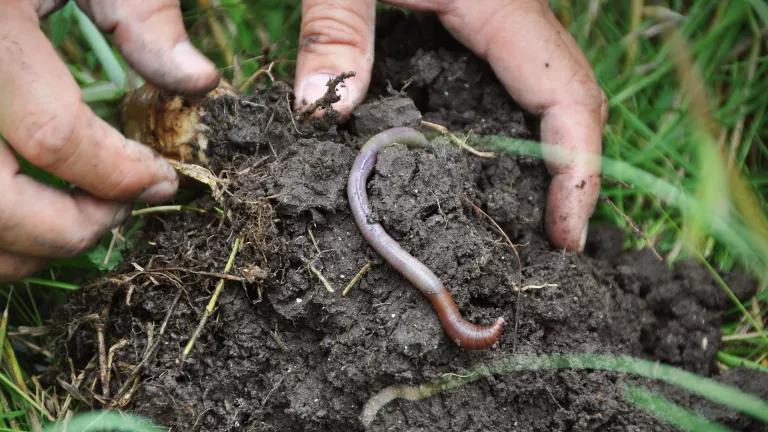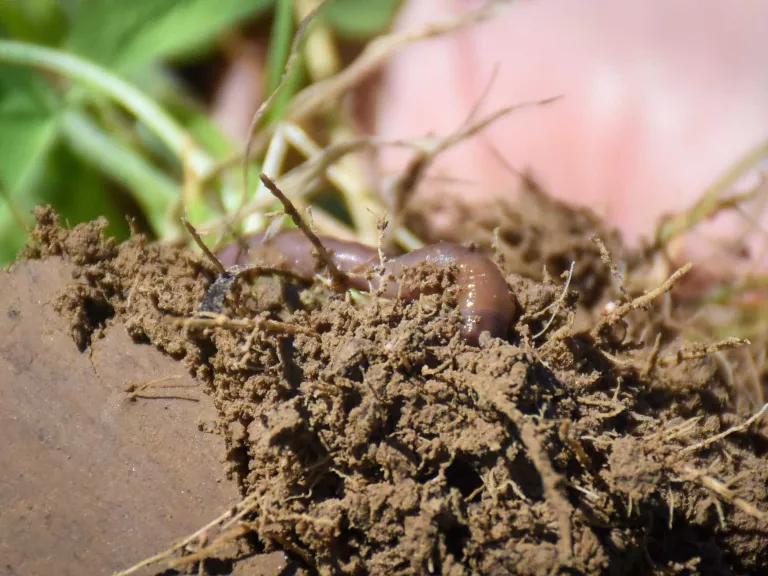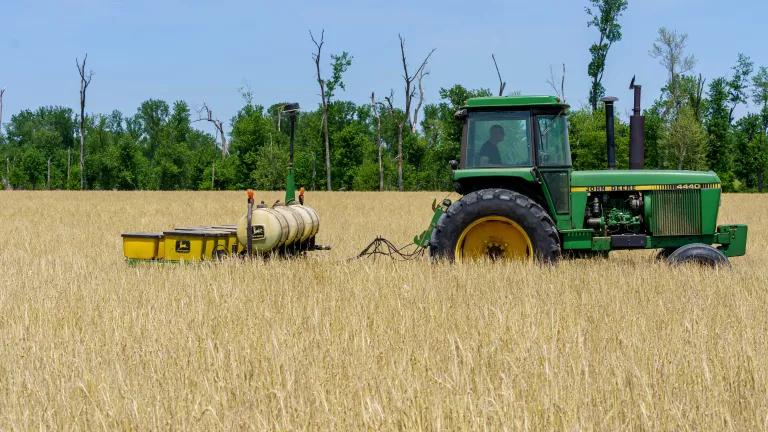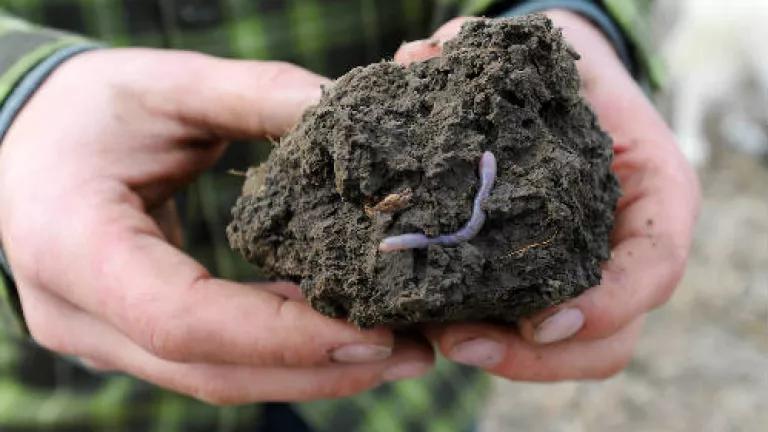CDFA Soil Biodiversity Report: A Path to Protecting Our Living Soils
Soil biodiversity is both vital to our farms and under threat, and a new California report outlines paths forward for protecting it.

Guest Author: Gillian Roy is a 2023 Schneider Fellow from Stanford University graduating in 2024 with a degree in Earth Systems
An estimated 30% of all species worldwide have been threatened or driven extinct since the start of the industrial revolution—and, given how much biodiversity remains to be described globally, this number is likely an understatement. We don't even know what we are losing, and this is especially true when considering the vast biological networks that exist within soils, estimated to hold more than half of the world’s remaining biodiversity. A new report from the California Department of Food and Agriculture: Soil Biodiversity in California Agriculture: Framework and Indicators for Soil Health Assessment, places this unseen soil diversity front and center, highlighting the important roles that soil biodiversity plays in our agricultural systems and making recommendations for ways to better understand, monitor and preserve this vital resource.
From microscopic worms to large rodents, the enormous variety of organisms living just under our feet form complex, interactive networks that are the basis of healthy, living soils. These living networks help to build soil structure, store water, manage pest populations and numerous other processes that ultimately support not just the soil’s needs but also those of human farms and societies. Soil biodiversity also supports important processes in agricultural soils such as soil carbon formation and storage, since diverse soil communities are able to better break down and incorporate plant residues even after disturbances. Farming practices like cover cropping and agroforestry can give a boost to soil biodiversity to help with these functions. However, threats to soil biodiversity, which include climate change, aridification and habitat fragmentation, are increasingly jeopardizing the soil’s ability to provide these services. Because of its central role in supporting essential ecosystem services, the importance of protecting soil biodiversity on both natural and working lands cannot be overstated.

Even though soil biodiversity is under threat, it is often overlooked by agricultural and conservation programs. Landmark biodiversity preservation initiatives like 30x30 rarely mention soil biodiversity, and healthy soil initiatives on working lands often fail to include soil biodiversity in their programming. For example, while many of the management practices incentivized by the California Healthy Soils Program (HSP) can promote soil biodiversity, and soil biodiversity is important for building soil carbon, there are no guidelines for measuring or tracking how HSP practices have changed soil biodiversity. This oversight is partially because the sheer number of potential indicators for soil biodiversity can make it difficult to measure. This CDFA report makes recommendations for how to measure soil organisms and biodiversity in California, and supports the governor’s recent executive order emphasizing the importance of soil organisms in meeting the state’s climate goals.
To safeguard soil biodiversity, the CDFA report recommends:
- Measuring and continuously monitoring soil biodiversity as an outcome in healthy soil initiatives
- Incorporating soil biodiversity into state and federal initiatives such as 30x30
- Promoting more research and data availability around soil biodiversity for more accurate measurement, modelling and understanding
There is still much work to be done in California and across the United States to protect soil biodiversity from the increasingly serious environmental and human threats it faces—particularly on working lands. There are many different types of soils and no one management practice that will effectively protect soil biodiversity on all lands, which is why it remains important to support growers in making the transition to regenerative and organic farming systems because these systems offer a suite of practices that farmers can use to build soil biodiversity.
Investments in soil biodiversity are an investment in climate resilience—and ensuring that our healthy, living soils get the protection they deserve.




